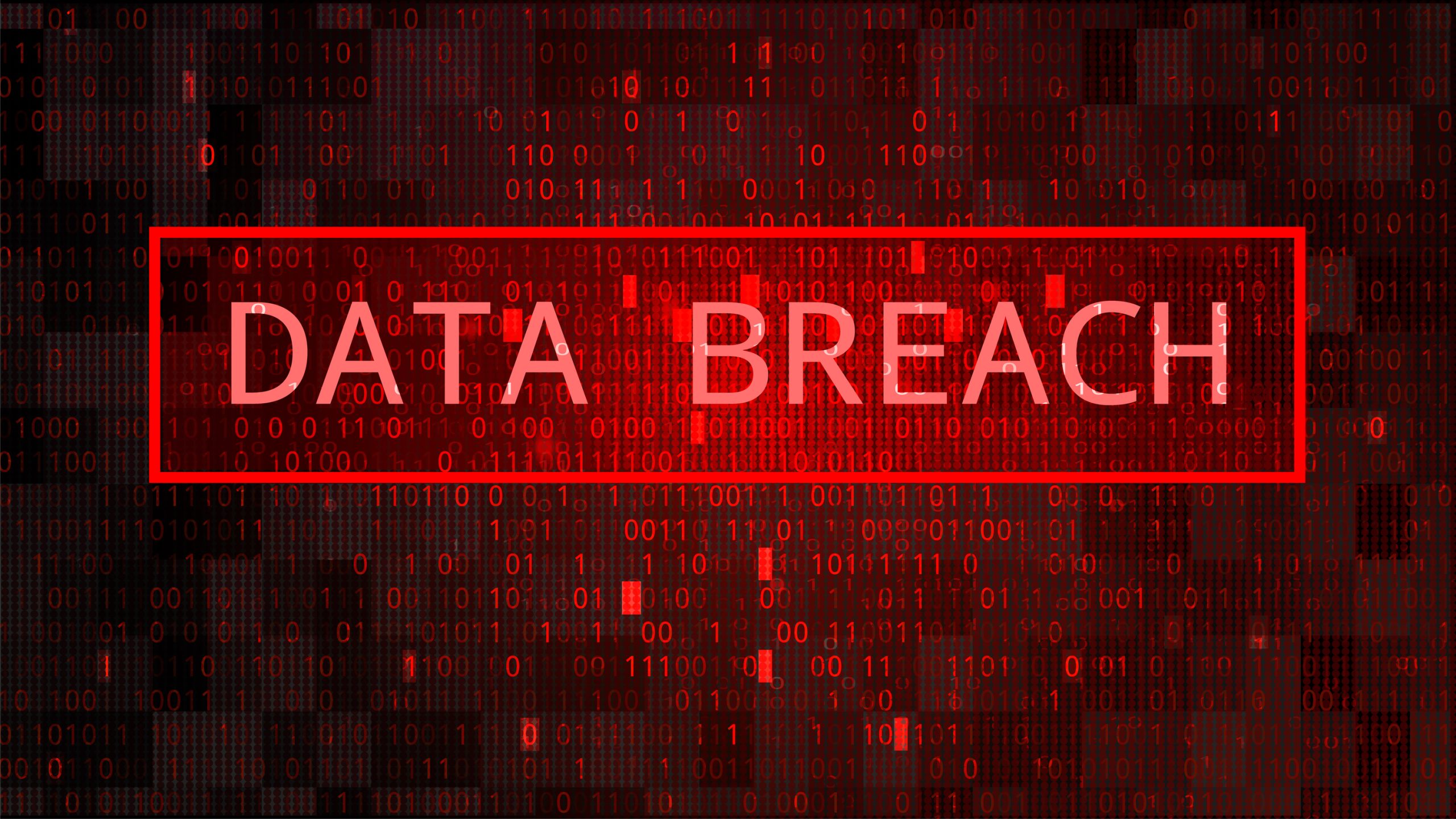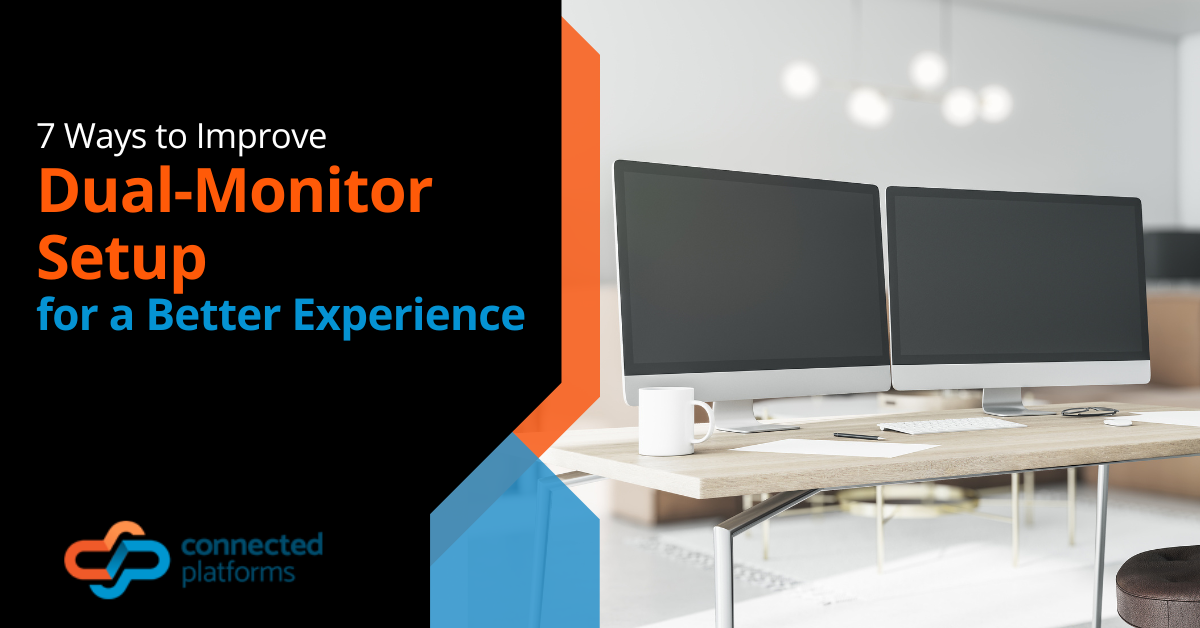Over the past two decades, cybersecurity has gone from needing an antivirus program to the layering of several tactics to prevent advanced threats coming from all directions.
These days, viruses are just one danger in the mix of phishing attacks, ransomware, form jacking, bot attacks, advanced “fileless” system intrusions, and more. As the hackers have gotten more advanced, the need to make data security a high priority has as well, and it’s vital to business continuity.
During the first quarter of 2019, the Office of the Australian Information Commissioner (OAIC) reported that a single data breach of an Australian organisation compromised the information of over 10 million individuals.
And the cost of suffering a data breach can be devastating for companies, especially small businesses, with a majority of them having to close their doors within 6 months of a data breach because they never fully recover.
The average cost of a data breach to businesses is AU$5.7 million.
When your network is breached with files stolen or a malware infection (or both), some of the involved costs include:
- Emergency IT costs
- Downtime costs
- Loss of business
- Data compliance penalties
- Breach notification costs
- Customer loss of trust
Mitigating the risk with strong cybersecurity strategies to keep your network and data protected can save you from catastrophic losses, so the investment of time and money is well worth it when you consider the alternative.
So, what are some of the most vital IT security steps to take to keep out as many threats as possible? We’ll go over those next.
Strong IT Security = A Healthy Business
Unfortunately, cyberattack statistics seem to always be on the rise. Some sobering increases from Symantec’s 2019 Internet Security Threat Report show a 56% increase in web attacks, 33% increase in mobile ransomware, and 1000% increase in malicious Powershell scripts (a form of fileless malware).
But by employing the best practices below to take a multi-layered approach to cybersecurity, you can protect your business against a wide variety of threats.
Password Security
One of the most important pieces of your cybersecurity plan should be password security. 81% of company data breaches are directly related to weak or compromised login credentials. So, by addressing this important area of your data security you significantly strengthen your defenses.
The two best options for dealing with weak passwords set by employees are:
- Password Manager: Employ the use of a password management application and require unique and complex passwords for every login. Employees will only need to remember a single strong password to access all the others.
- Two-Factor Authentication: When you enable two-factor authentication on all your business application logins, just a password won’t be enough to get a hacker in. A second factor, such as a code sent via text is required to complete login.
Next-Gen Intelligent Firewall
Today’s firewalls do a lot more than those of just five years ago, including using advanced AI and machine learning to learn and recognize suspicious behavior. You also want to look for tools that have “zero trust” capabilities. This means that by default a firewall won’t trust a software or processes that aren’t already white listed in the system.
Your firewall is often your first line of defense that monitors and controls all traffic in and out of your network.
Anti-Malware/Antivirus
Antivirus programs are still very relevant and now they’ve also got the ability to use AI to detect new malware threats that might not yet be identified. Anti-malware/antivirus programs can add additional device protections that ensure any file is scanned before being allowed to open or execute.
Anti-Phishing/Spam Protection
Phishing remains one of the largest threats that companies face because they rely on human error to work. Fake phishing emails have also gotten much harder to spot from a legitimate email. Software that’s designed to prevent spam and phishing can stop malicious emails before your users even see them.
They also help increase productivity by reducing the amount of junk your team has to deal with in their inboxes.
Managed Updates & Patches
When you’re dealing with multiple devices, it can be time-consuming to keep all of them completely updated yourself. There are OS updates, software updates, and firmware updates coming through regularly and many of them include vital security patches to fix found vulnerabilities.
Users have a tendency to hit “later” when an update request pops up because they don’t want to interrupt their work. A good way to ensure updates are being done and that is time efficient is to sign up for Managed IT Services that include update/patch management.
Mobile Device Management
Mobile devices are picking up more of the office workload every year, and now they’re just as powerful as many PCs and can access all the same data. If you don’t have a handle on them, it can mean major security holes in your network, as devices get lost, stolen, or are simply not monitored.
A mobile device management application can make it easy to monitor and control data access for multiple mobile devices, they also make a bring your own device (BYOD) policy much easier to administer. You can remotely push security policies and updates and block or grant access. They also help keep work product separate from personal data on an employee’s smartphone or tablet.
Schedule a Cybersecurity Evaluation Today
How does your current cybersecurity strategy look? Is it keeping your network properly protected from the more advanced threats? Connected Platforms can do a thorough evaluation and let you know any weak areas that could use fortification.
Contact us today to get a free IT security audit or to learn which of our other IT solutions can help you and your business. Call (07) 3062 6932 or reach out online.




